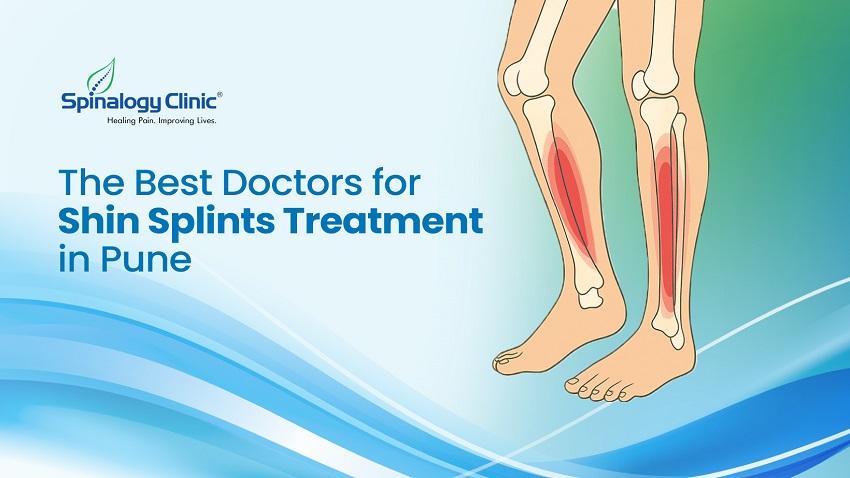What is Compartment Syndrome?
Compartment syndrome is a serious condition that occurs when pressure within a muscle compartment builds to dangerous levels. A muscle compartment is a group of muscles surrounded by fascia or bone. The fascia and bone form a relatively closed space, and if swelling or bleeding occurs within that space, pressure can increase to the point where it reduces blood flow. This can lead to muscle and nerve damage and even death of the limb if untreated.
What Causes Compartment Syndrome?
There are two main types of compartment syndrome - acute and chronic. Acute compartment syndrome usually results from a significant injury, while chronic compartment syndrome occurs with repetitive activity and exercise.
Acute Causes
- Fractures - Broken bones can cut into soft tissue and muscle and cause bleeding and swelling inside compartments. The lower leg is most often affected.
- Crush injuries - Compartments experience forceful compression, causing muscle and vessel damage. This is common in earthquakes, car accidents, industrial accidents, etc.
- Burns - Deep and extensive burns lead to swelling and fluid shifts, raising pressure.
- Bleeding disorders - Uncontrolled bleeding fills a compartment with blood after an injury.
- Tight dressings or casts - These may limit tissue expansion after acute injury or swelling.
Chronic Causes
- Repetitive stress or exertion - Strenuous exercise can cause swelling and tiny tears in muscles through repeated motion. This occurs most often in the legs and forearms.
- Fluid imbalances - Issues with overhydration or mineral deficits can cause exertional compartment syndrome.
- Tight fascia - Some theorize that fascia does not relax adequately during activity in some people, driving up pressure.
Signs and Symptoms
The classic signs and symptoms of acute compartment syndrome are known by the mnemonic “6 Ps”. They include:
- Pain - Severe pain that is out of proportion to the injury itself. It often worsens with stretching muscles in the compartment.
- Paralysis - Paralysis of the muscles in the affected compartment as nerves become compressed.
- Paresthesia - Tingling, burning, or numbness in the limb, fingers, or toes.
- Pallor - Pale appearance of the skin, indicating reduced blood flow.
- Pulselessness - Diminished or absent pulse as blood vessel compression worsens.
- Poikilothermia - A cold extremity as circulation is severely impaired.
Chronic exertional compartment syndrome develops more gradually, causing:
- Muscle pain and tightness during activity that subsides with rest
- Tight, tense compartments
- Muscle weakness or decreased performance
- Numbness or tingling during activity
If any symptoms of compartment syndrome appear, prompt medical evaluation is necessary to prevent irreversible damage.
Diagnosing Compartment Syndrome
Doctors use several components to diagnose compartment syndrome:
- Visual inspection for swelling, tightness
- Palpation to feel the tenseness in compartments
- Sensory testing for numbness or tingling
- Motor testing for weakness
- Pulses to evaluate circulation
However, the gold standard for diagnosis is the direct measurement of the compartment pressure. This is done by inserting a pressure monitor needle into the muscle compartment in question. Pressures over 30 mmHg indicate abnormal elevation and compartment syndrome.
MRI or CT scans may also be used to pinpoint bleeding or areas of damage.
Preventing Compartment Syndrome
While compartment syndrome from significant traumatic injury can be hard to avoid, the following can reduce risk:
- Promptly addressing major bleeding
- Careful monitoring after injuries with splinting instead of casting
- Not overhydrating with IV fluids after injuries
- Early diagnosis and compartment pressure checks when warranted
- Stopping exertional activity at first signs of chronic compartment syndrome
Awareness of compartment syndrome signs by medical staff, coaches, trainers, and athletes can also lead to faster diagnosis.
Outlook for Compartment Syndrome
When promptly diagnosed and treated, compartment syndrome recovery is often good, especially in younger patients. Physical therapy helps strengthen muscles and regain mobility.
However, if high pressure persists too long, muscles and nerves may be irreversibly damaged. This can result in long-term disability, pain, and limping. In the worst cases, amputation is required if a limb is no longer viable.
Each case of compartment syndrome is unique. But with urgent surgery, supportive aftercare, and rehabilitation, positive outcomes are possible. Staying vigilant for symptoms after injuries or with intense exercise is key.




